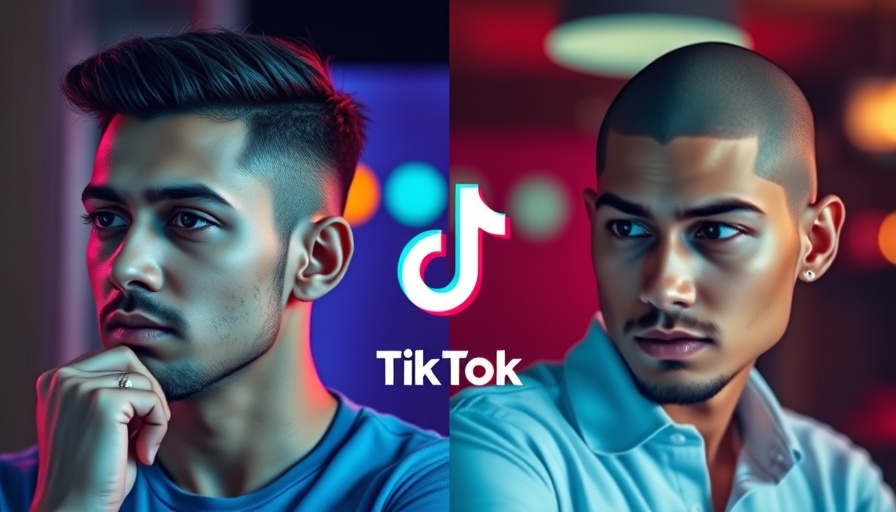
Unpacking Viral Health Trends: What We Can Learn
In the age of social media, especially TikTok, health-related trends can sweep across the globe, capturing the attention of millions. One video that particularly caught the eye was the Doctor Reacts To "Health TikTok", where insights were drawn on various health mishaps and misconceptions presented in viral clips. This video not only entertains but provides an opening for deeper conversations about health safety and the importance of accurate medical knowledge.
We came across Doctor Reacts To "Health TikTok", which covers health trends and medical insights, and it raised some compelling points that we’re expanding on in this article.
The Dangers of Going Viral
A sequence of clips shows a variety of stunts and mishaps—like someone finishing a basketball game after breaking an ankle or a risky encounter with a snake. These extreme behaviors raise crucial questions about health safety and the glorification of pushing physical limits. While many admire individuals for their tenacity, the reality is that these actions often come with severe repercussions, from long-term injuries to avoidable accidents. Health influencers must balance entertainment with responsible messaging.
Rethinking Medical Expertise
Dr. Mike's humorous yet insightful commentary sheds light on a significant issue: misinformation on platforms like TikTok. He explores the desire to proclaim expertise after minimal exposure, humorously reminding viewers of the extensive training required to be a medical professional. The prevalence of non-expert opinions lowers the barriers to spreading potentially harmful advice. For viewers, it’s crucial to discern factual medical advice from entertainment.
The Importance of Evidence-Based Medicine
Delving into the criticism of pseudoscientific claims presented in the video, Dr. Mike highlights the importance of grounding medical advice in evidence. For instance, when discussing claims of evolution or alternative therapies, he emphasizes that a real understanding is backed by years of rigorous scientific research. Viewers are encouraged to be critical thinkers and rely on trusted sources for health-related information.
Health Messaging in Pop Culture
The blending of health with pop culture can have both positive and negative effects. At its best, it enables health messages to reach diverse audiences and normalize discussions about health issues. However, misconceptions can easily thrive. The TikTok space is known for quick trends that often lack sufficient depth. Consequently, both creators and viewers have a responsibility to ensure that health trends are rooted in reality.
Connecting Through Shared Experiences
Dr. Mike's style resonates with a broad audience because he shares relatable anecdotes sprinkled throughout the video. By infusing humor and displaying genuine concern for others’ health, he creates a safe space for discussions about both health and entertainment. Viewers often feel empowered through shared experiences, which can be particularly impactful in promoting positive lifestyle changes.
Future Trends: Where Is Health Content Headed?
As TikTok continues to grow as a platform for health information, predicting future trends becomes essential. We might see a shift towards content that emphasizes sustainable health practices over sensational stunts. Additionally, there may be an increase in collaborations between health professionals and content creators to provide balanced viewpoints that entertain while educating audiences on critical health matters. Such a partnership can elevate health literacy across multiple demographics, fostering a culture where wellness is prioritized over viral fame.
In conclusion, the video Doctor Reacts To "Health TikTok" serves as a reminder of the responsibility that comes with health information sharing. Viewers and creators alike must navigate this space with caution and awareness.
 Add Row
Add Row  Add
Add 




Write A Comment